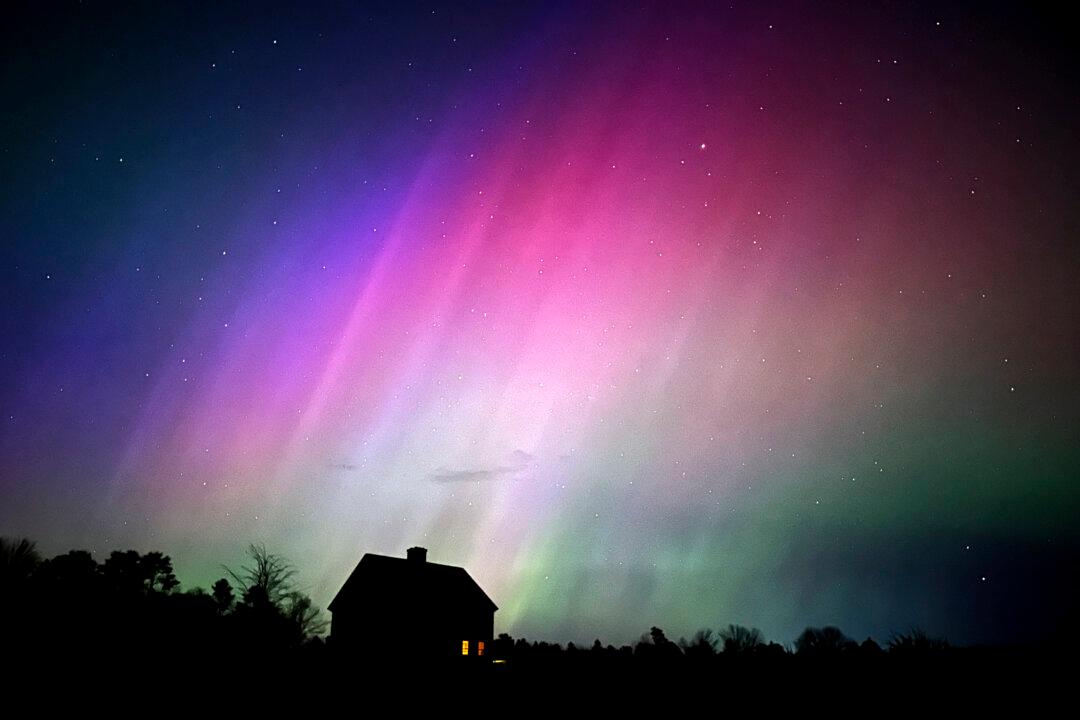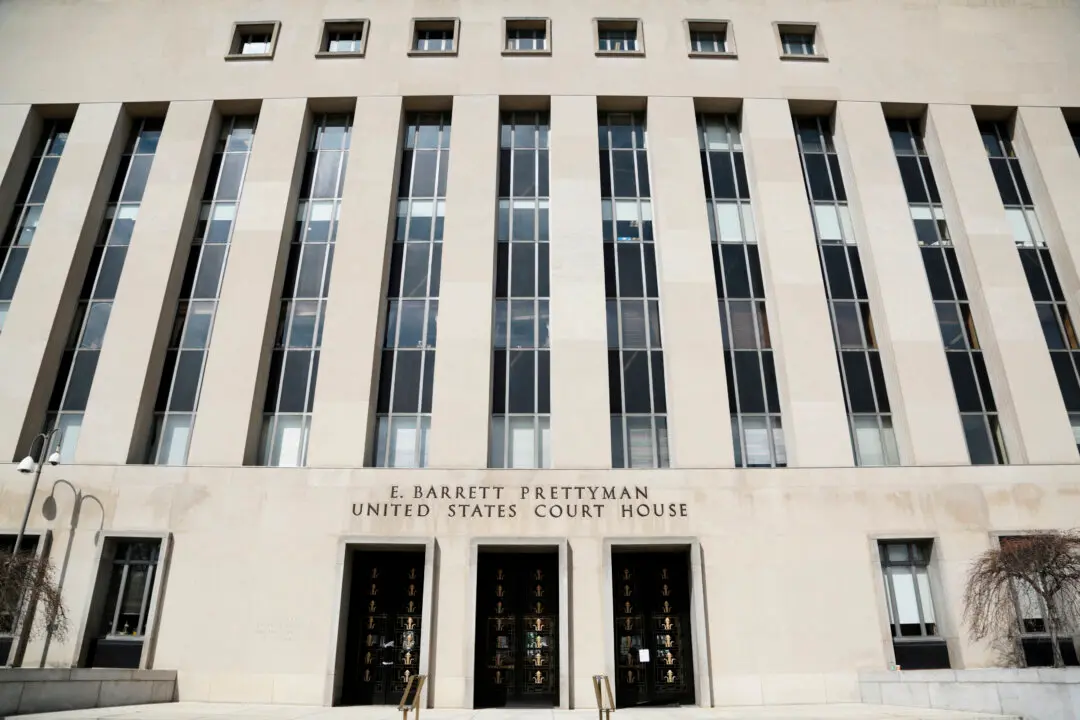With solar storms causing a geomagnetic storm on Earth, the northern lights or aurora borealis could extend beyond the Arctic Circle down into the northernmost U.S. states this New Year’s Eve, according to a Dec. 31 forecast by the National Oceanic and Atmospheric Administration (NOAA).
The moderate-strong G2-G3 geomagnetic storm, with a Kp index of 6-7, forecasted for Dec. 31 by NOAA’s Space Weather Prediction Center, means the aurora could be visible in New York and Idaho, and potentially as far south as Illinois and Oregon.





